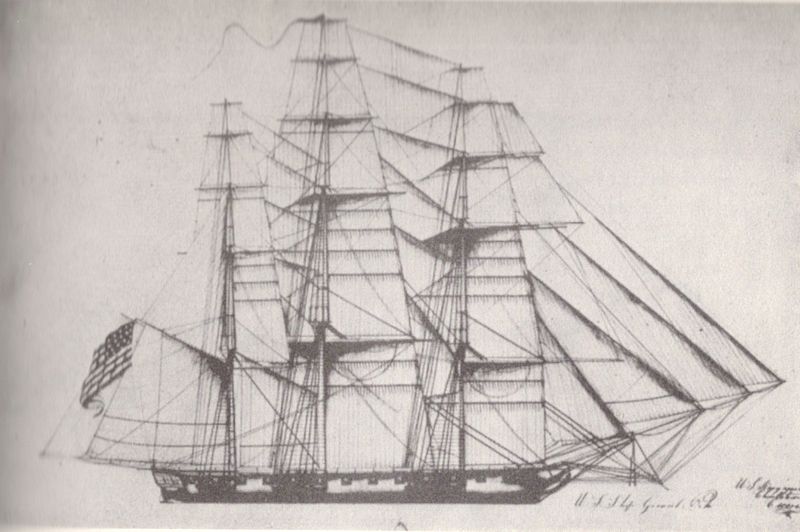From
Pioneer sketches of Long Point settlement: ...
Lieut.-Col. Daniel McCall (1772-1848), third son of Donald, was born in the New Jersey home in 1772, and was twenty-four years old when the family came to the settlement. He married
Jane Decew, of Sussex County, New Jersey, and settled on Lots 22 and 23, 6th concession of Charlotteville. This son of the old Highlander inherited much of his father's martial spirit.
He served in the war of 1812 as captain of a company, and was at the battle of Fort Erie. He was at "Malcolm's Mill," with his company, and in justice to Captain McCall and his men be it said, they maintained their military integrity until all else had broken ranks and fled. In the sketch entitled "Grandfather's Tales of the War of 1812," an account is given of the part he played in the capture of the "Dickson bandits." Daniel McCall worked his way up in the Norfolk militia from corporal to lieutenant colonel.
Colonel McCall died in 1848 in his 77th year and his wife died two years afterwards in her 79th year. He left three sons, Duncan ,Daniel and William, and two daughters Elsie and Mary.
Captain McCall served in the 1st Norfolk Regiment 2nd Flank Company.














